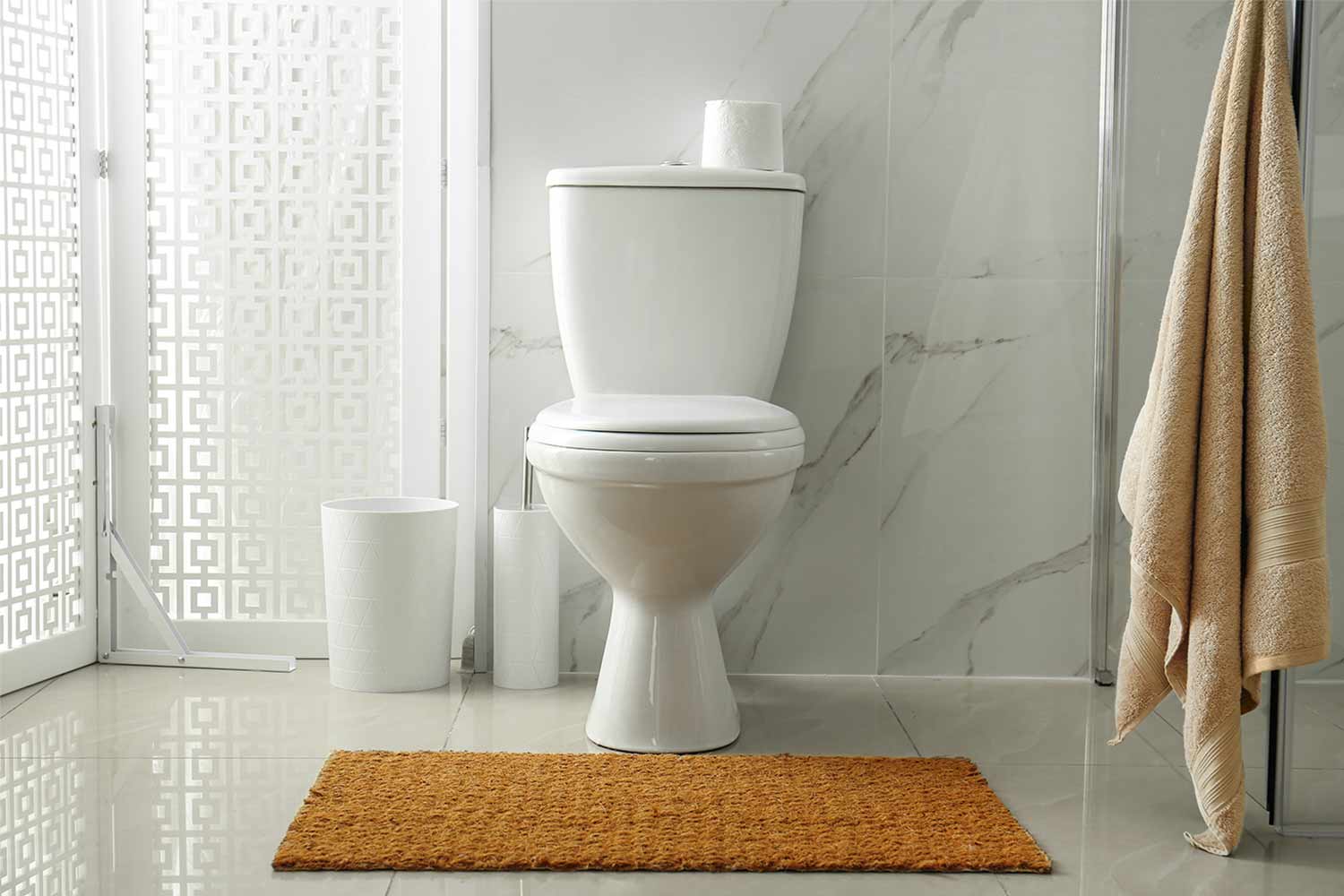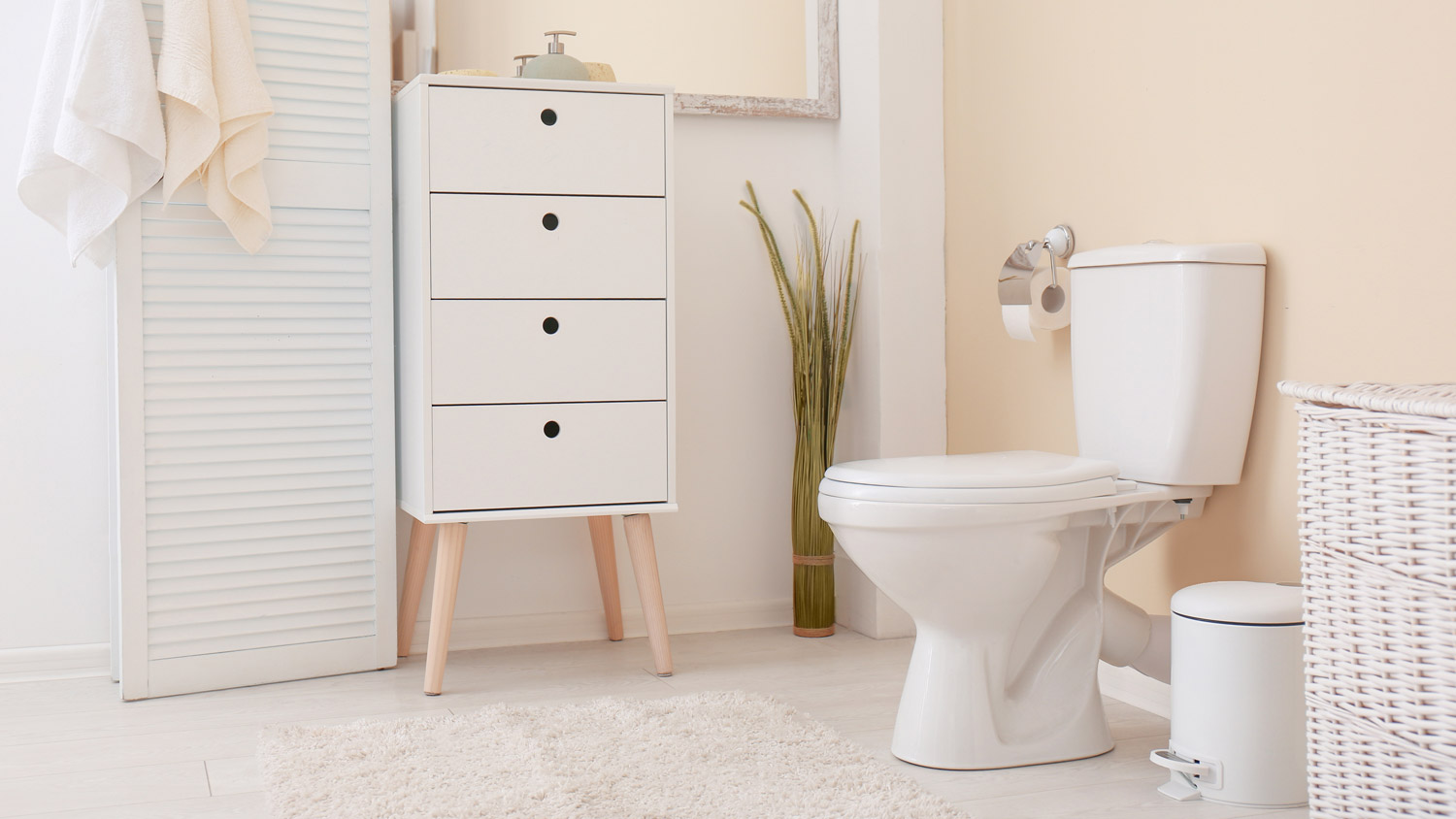
The average cost to connect to a public sewer line in Columbus, OH, depends on the linear footage, piping material, local regulations, and more.
Flush out the details of your sewer needs


If you’re experiencing ongoing issues with your plumbing, you may need a sewer main replacement or repair. If you’re building a new home, you may need a sewer main installed to channel wastewater to your septic tank or the city’s water treatment plant. Here are five sewer questions to prepare for talking with a pro.
In most cases, when you notice plumbing issues across multiple fixtures in your home, it’s an indicator of a sewer main problem, not a clogged drain. Be ready to share the list of issues you’re experiencing with your sewer system, such as overflows, foul odors, and slow drains. Other signs of sewer line problems include foundation cracks and pest infestations.
Describing the issues can help your local sewer pro understand the problem and the tools and materials needed to fix it. For example, they might inspect the line with a sewer camera or bring a sewer auger to clean it.
You should call a professional immediately if you notice sewage backup, foul odors, or frequent slow drains and toilet backups. Contact a local sewer pro to have the issue inspected and fixed. Other signs of a sewer main problem include gurgling noises in your pipes, mold in your walls, slow drains, and basement flooding. Delaying a sewer main repair can lead to expensive water damage, sewage leakage, and foundation cracks.
If you're experiencing ongoing plumbing problems, you may have a blockage, tree root intrusion, or a broken or corroded sewer line. A sewer pro may inspect, clean, or repair your sewer pipe. If installing a new sewer main, a pro needs to excavate, grade the land, and install the new pipe. Contact a sewer pro early in the build process, and be sure they coordinate with your general contractor.
If you have other plumbing needs, such as changing a fixture or fixing a bathroom leak, have a pro take a look while they’re on-site. It’s wise to capitalize on other plumbing projects at the same time to save on costs.
The cost to install a sewer line ranges from $1,425 to $5,760, depending on the length, labor costs in your area, and local requirements to connect with the city’s water and sewer system. If your sewer lines are experiencing clogs or other issues, plan for sewer line replacement or repair costs between $1,400 and $4,100.
From average costs to expert advice, get all the answers you need to get your job done.

The average cost to connect to a public sewer line in Columbus, OH, depends on the linear footage, piping material, local regulations, and more.

Replacing a drain field requires digging up quite a bit of land and involves a decent amount of testing. Using this guide, you’ll learn how much it costs to replace a drain field based on a few key factors such as size and type of septic system.

Need to know what sewer line replacement costs in Columbus, OH? This guide will help you prepare to budget for sewer line replacement done by local contractors.

Need to know what sewer line replacement costs in Dallas, TX? This guide will help you prepare to budget for sewer line replacement done by local contractors.

Gurgling, slow drains could mean a main sewer line clog, which can be messy and smelly. Learn how to clear a main sewer line clog yourself with this guide.

It’s a big job to replace a sewer line, so it’s important to consider all of your options. Learn why it’s important to get a pro to investigate the cause of your sewer line problem, how much a replacement will cost, and if you really need it.